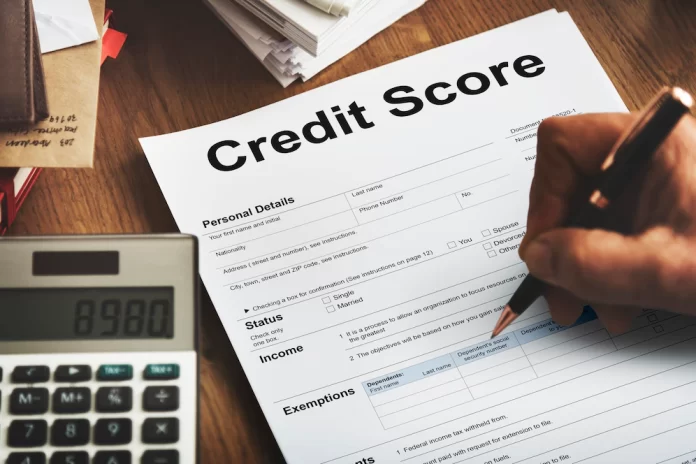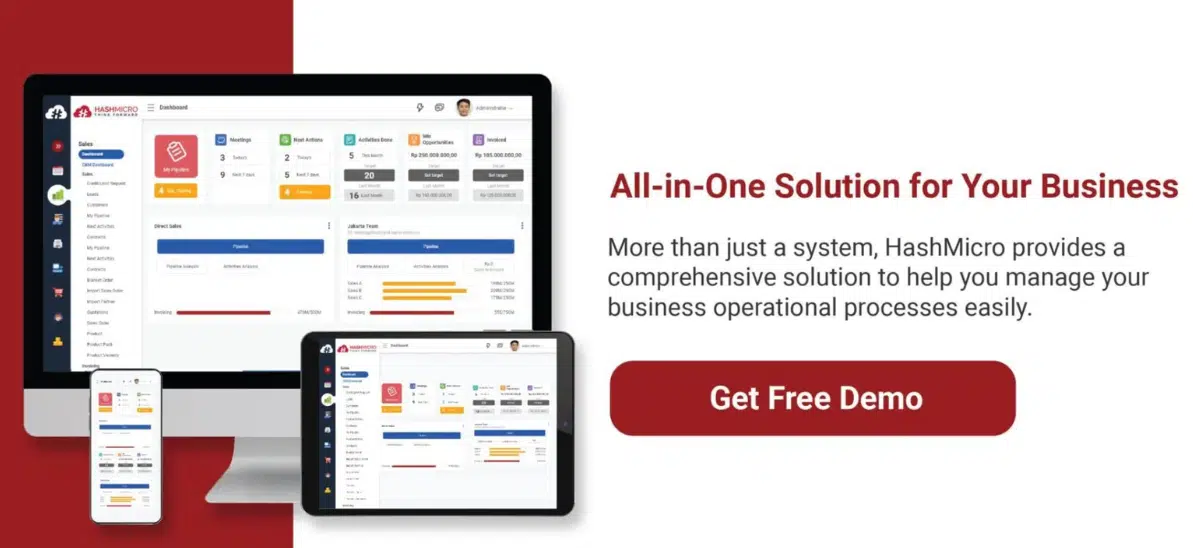A collection letter is a formal document used to remind creditors to pay their outstanding debts. It serves as a structured communication tool to ensure timely payments, helping businesses maintain smooth cash flow and minimize financial risks.
Managing credit transactions can be challenging, especially when payments are delayed, affecting cash flow and operations. If you’ve ever faced the hassle of chasing payments, you’re not alone—many businesses struggle with this issue daily.
Looking for an efficient way to manage accounts receivable and avoid payment delays? Consider HashMicro’s Accounting System, designed to simplify tracking, invoicing, and payment collection while ensuring accuracy and compliance.
This article explores the purpose and benefits of collection letters in managing credit transactions effectively. Discover how they work, why they matter, and how to use them to maintain healthy financial operations.
Table of Content:
Table of Content
Definition of Collection Letter
A collection letter is a letter the creditor, the seller, give to the buyer. This letter is given based on mutual agreement. A collection letter is an option if the buyer has not fulfilled his obligations on the agreed payment date.
Late payments can be detrimental to lenders because the money that creditors should receive is capital or business profits. However, if the buyer does not complete the invoice on time, it can hamper its activities, including other sales activities.
Related Article: Letter of Credit: A Guarantee Document for Export-Import Activities
Functions of Collection Letter
Collection letter is very functional, especially in terms of payment for a transaction. Specifically, collection letters also have other functions. Some of the functions of our invoice are as follows:
Affect the borrower
A collection letter is a solution for companies when experiencing difficulties in requesting a refund for the obligations of customers or buyers. By sending a written notification, the company hopes that the obligor will respond more quickly when providing information regarding his credit.
Some buyers may not respond well when it is time to pay the loan installments. That is why the company needs to send a formal notification to remind buyers to pay for the transactions.
Proof for a transaction
This letter can be evidence of a purchasing management system. Thus, if one of the parties violates the transaction agreement, another parties can bring the problem to legal proceedings. The collection letter as proof of purchase will make it easier for the company to obtain its rights and match which transactions have been paid off or which have not.
Avoiding fines for buyers
There are usually sanctions or fines on credit purchases if there is a delay in payment. These fines are typically calculated per day. To prevent the buyer from incurring heavy penalties due to late credit payments, the company will send the collection letter before the due date. So, at least buyers can prepare funds to pay loan installments in advance to avoid fines.
Monitoring of buyer’s credit quality
The frequency of a company issue the collection letter allows companies to assess the quality of their buyers quickly. The frequency of invoices can be a consideration for granting credit approval. This allows the seller to know if the buyer is eligible to receive another loan on credit.
Related Article: How to Calculate Company Turnover
Components and Collection Letter Sample
Components of collection letter
The company makes the collection letter in accordance with its policies. In general, several components are always present in every invoice. These components must be written in the invoice, regardless of the type of company.
The following are some of the mandatory elements in the invoice, namely:
- Serial number
- Order number
- Delivery orders, travel document, or transaction number code
- Item details
- Sub-Total
- Discounts and fees
Collection Letter’s Sample
Companies in a variety of industries can use invoices. Although there are various forms, we provide examples of invoices that you can use for multiple business purposes.
Conclusion
An example of an invoice is a letter given by the creditor, the seller, to the buyer. This invoice also has various functions, but in general, the invoice helps remind the buyer or creditor to complete payments related to the transactions that occur.
Invoices also have several mandatory components that must be present in every invoice, regardless of the type of industry of the selling company. HashMicro is the best ERP system provider company in Singapore, ready to help your business automate all company financial activities.
With HashMicro Accounting System, you can create and manage invoices, income statements, cash flows, balance sheets, capital changes, and more in seconds. To experience the benefits of the software yourself, you can request a free demo here.






































